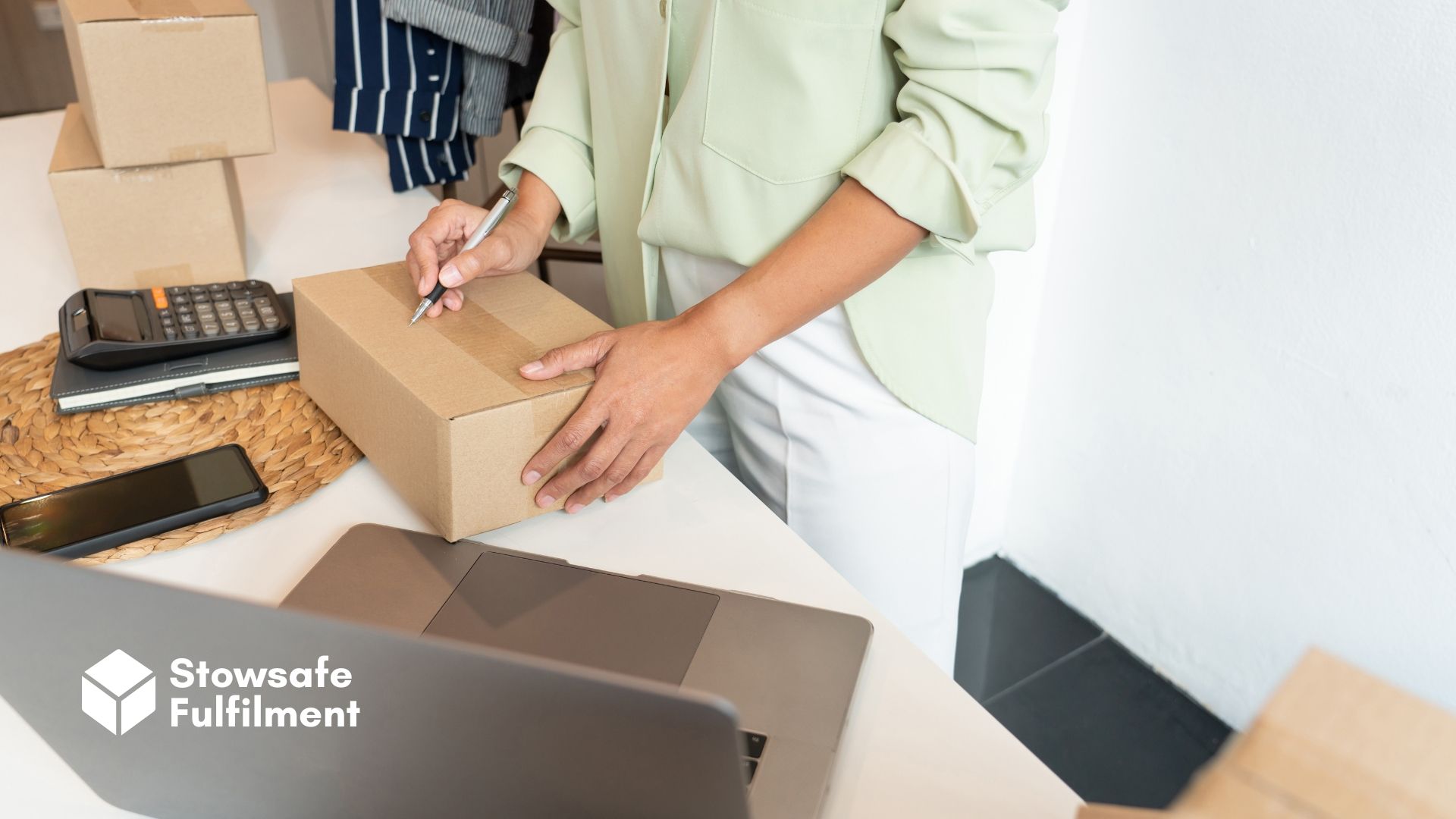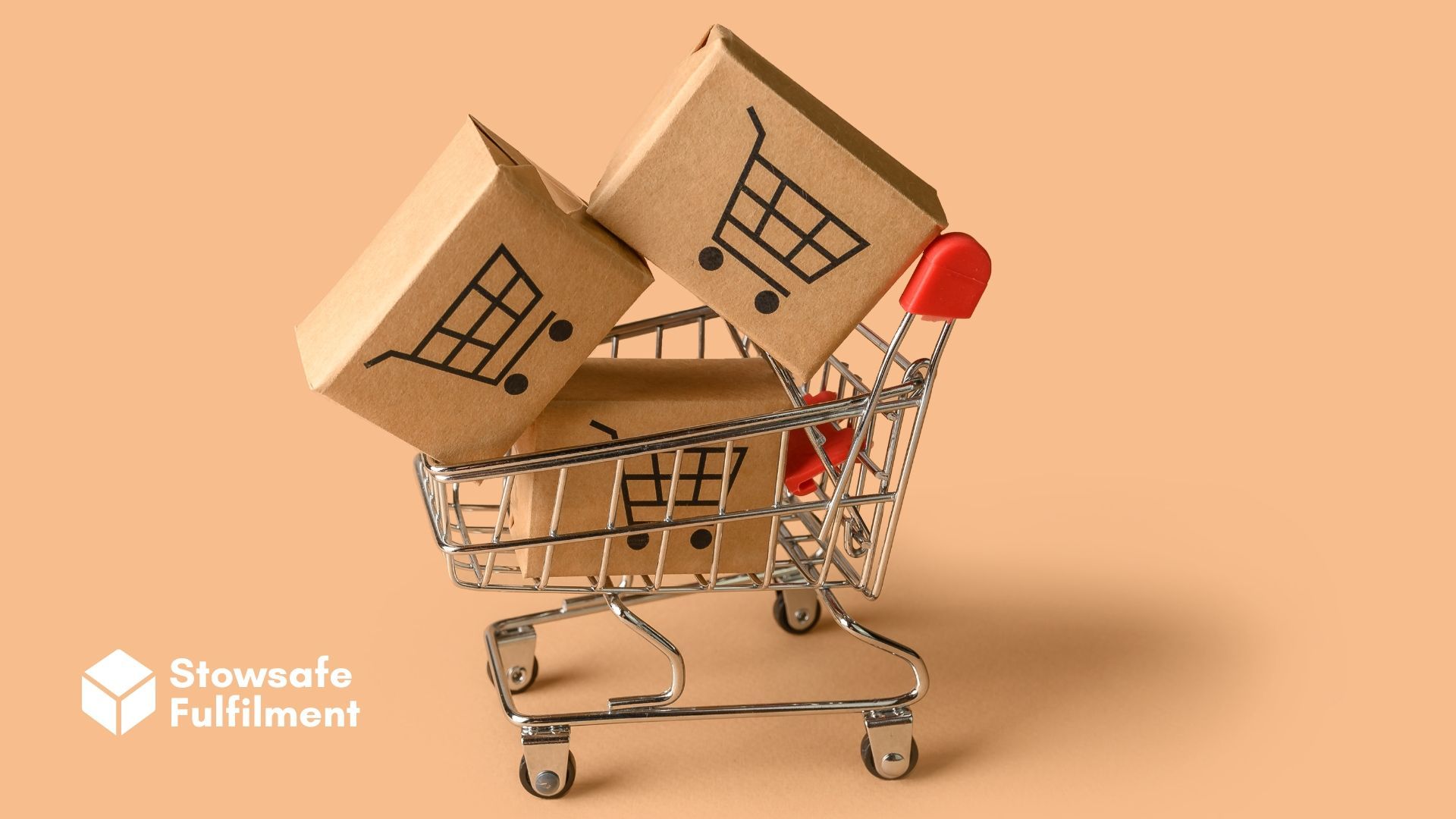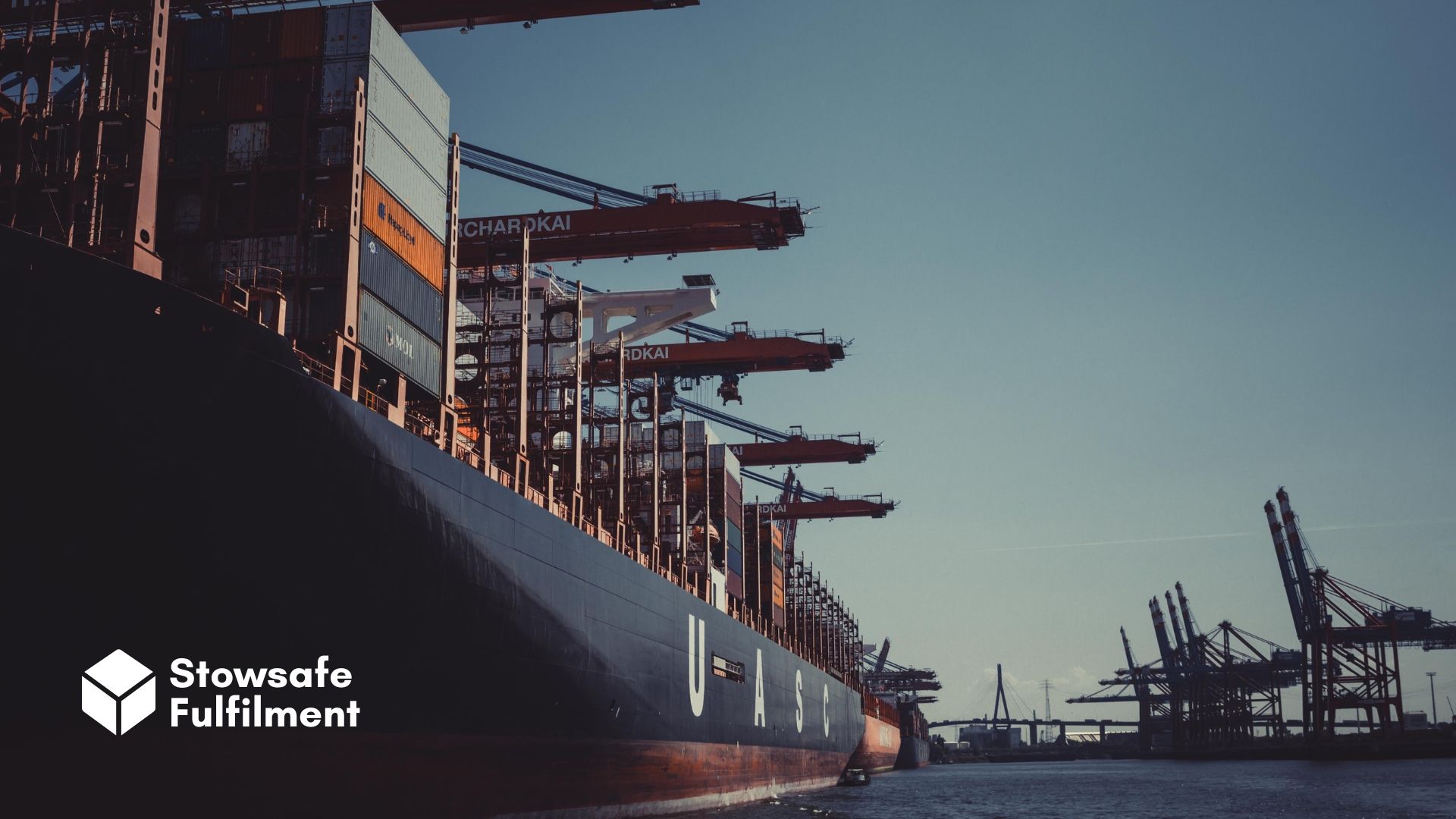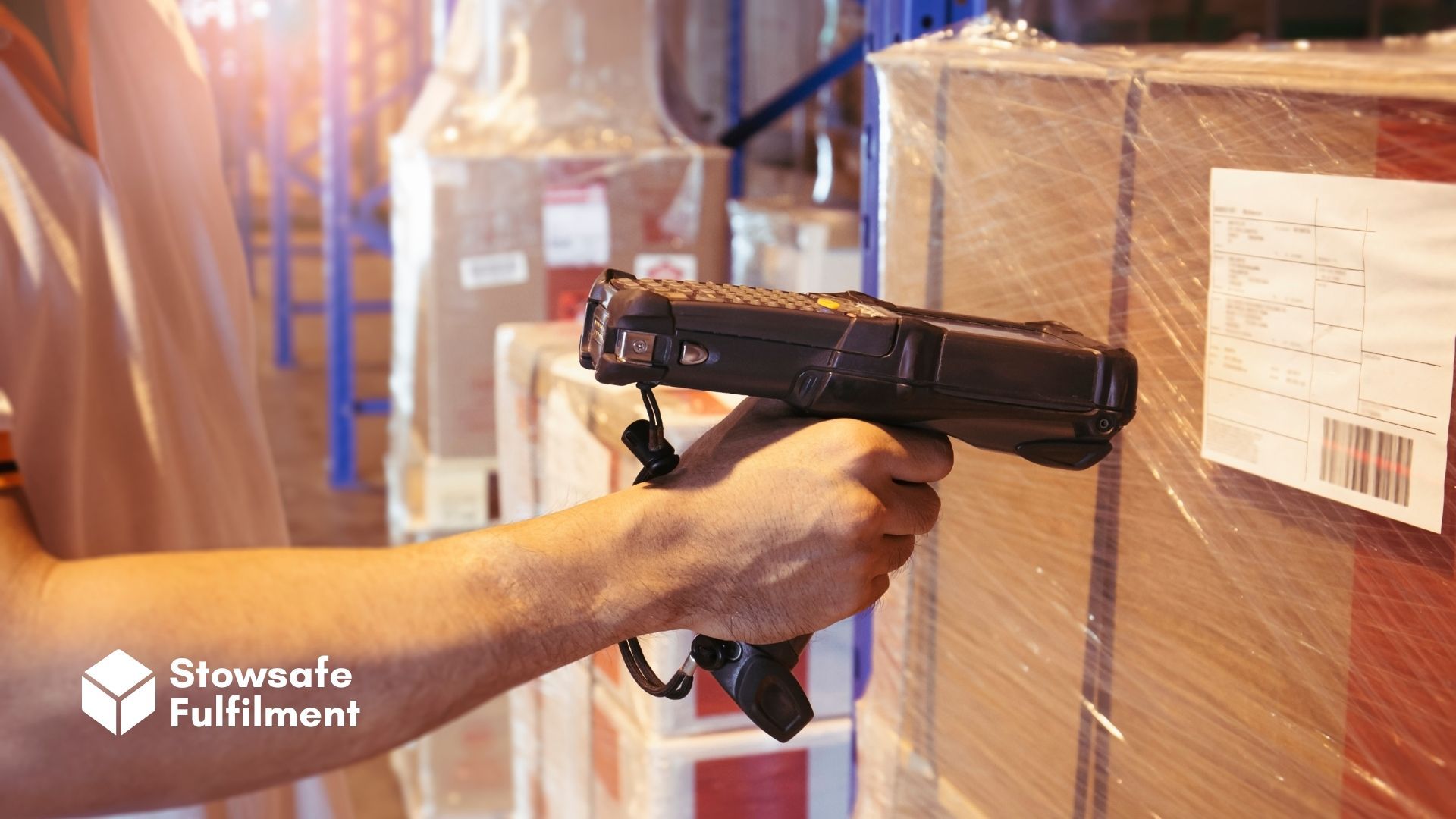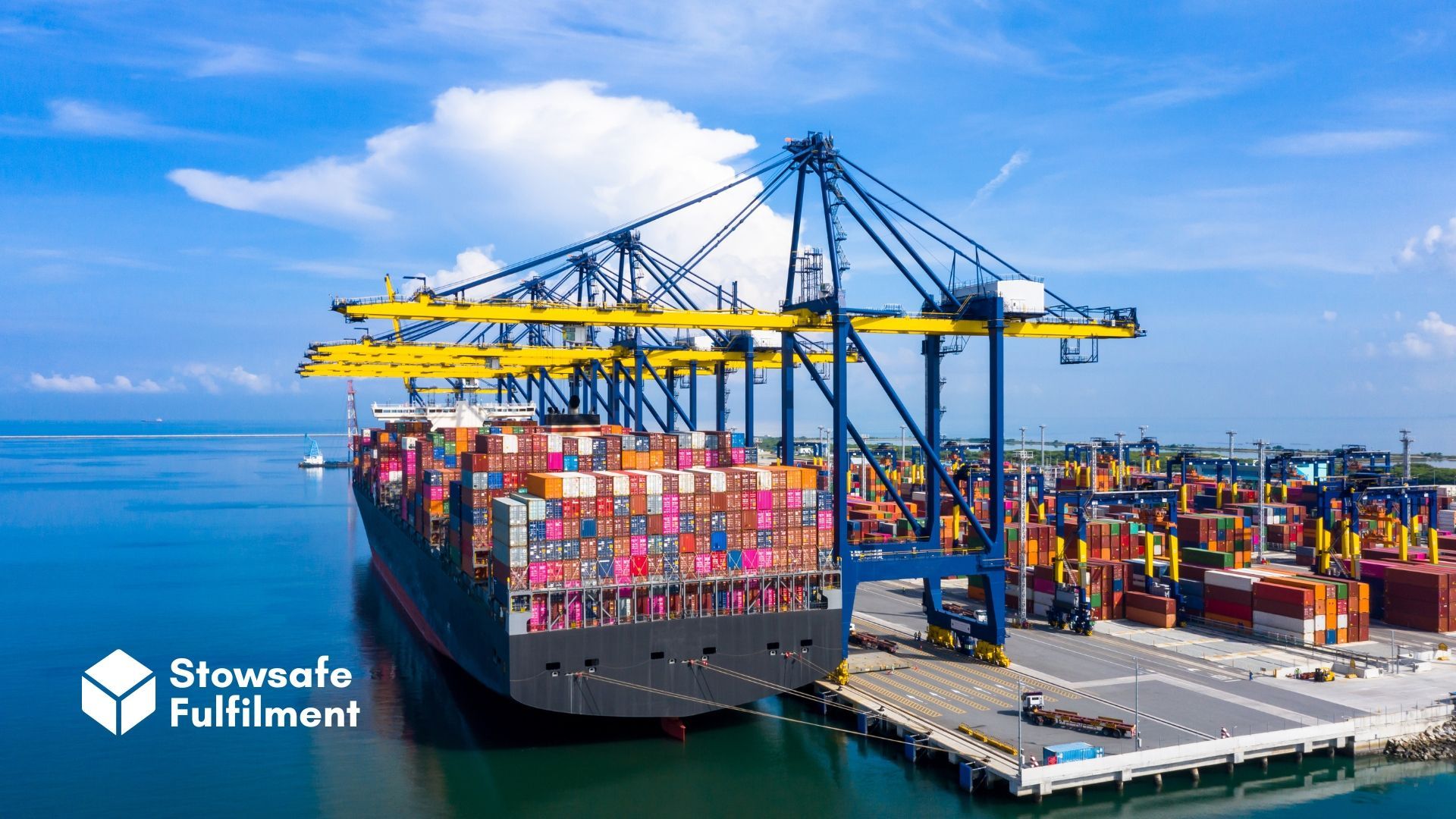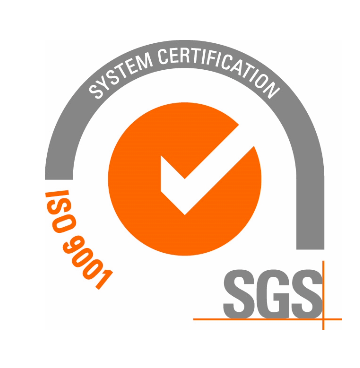What are the common logistical challenges facing eCommerce today? Learn how retailers are optimising their eCommerce to run smoothly and affordably.
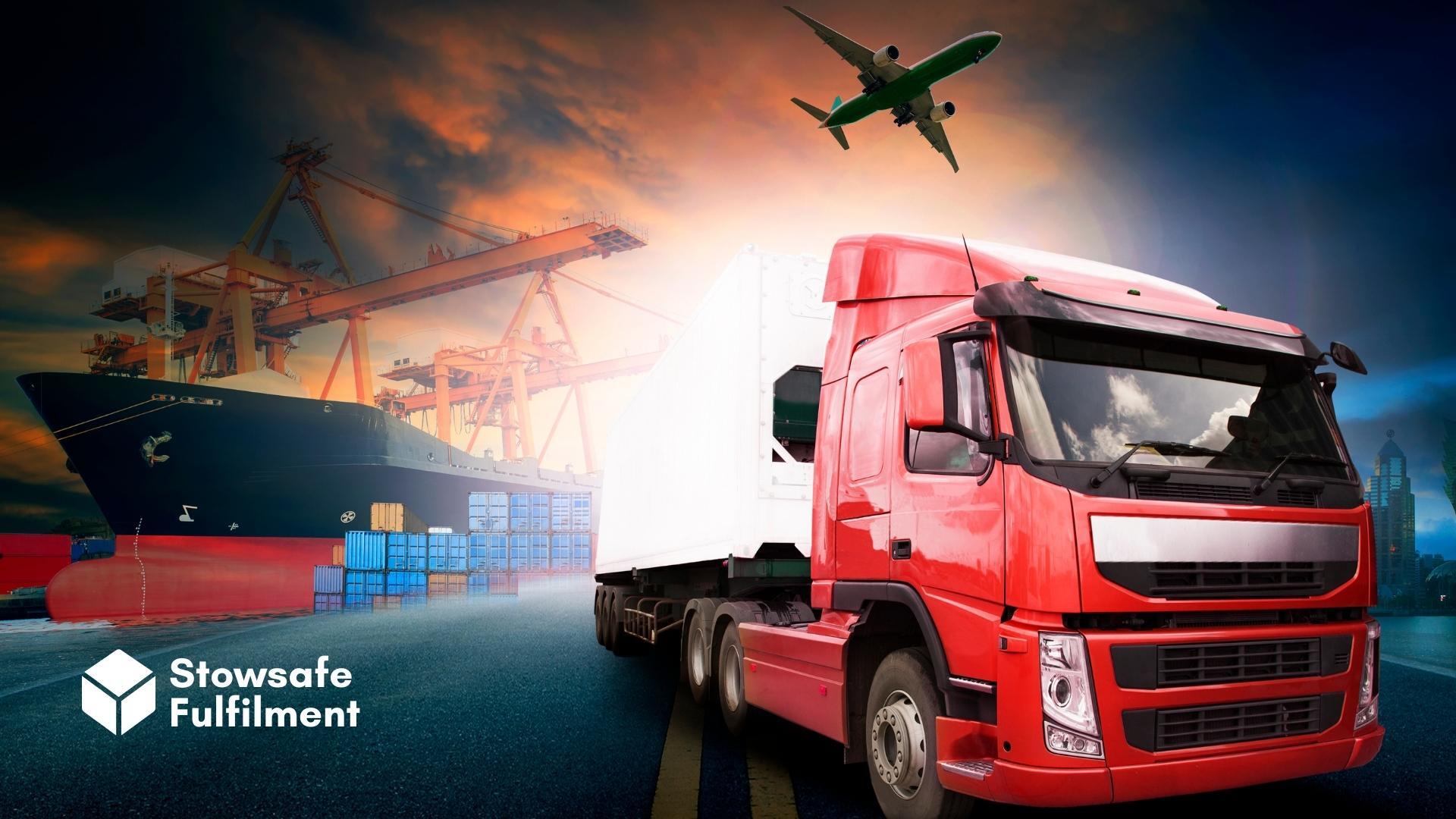
As businesses continue to invest in new ventures online, they need a greater understanding of the challenges facing eCommerce. Bricks and mortar strategies have their own challenges, but the ever-changing landscape of online retailing can be a logistical nightmare to get right.
From start-ups to global brands, all businesses need to be aware of these common challenges affecting eCommerce – and how to overcome them.
Controlling shipping costs
Fast… or cheap? The choice is a conundrum that affects online retailers of all sizes.
Free delivery offers are critical to remaining relevant in a hugely competitive market, but it's important to build these into the margin and monitor shipping cost fluctuations closely to ensure these offers remain sustainable.
Most eCommerce businesses rely on third parties to fulfil customer orders. While this does present many benefits (holding inventory in a fulfilment centre is far less hassle than at home, for example) it can pose many challenges in terms of cost – and knowing what to charge back to the customer.
Unless buying an entire delivery chain is on the agenda, the business needs to rely on 3PL carrier networks to deliver to customers efficiently. While standardised delivery fees are easier for the customer to understand, actual shipping costs are often multifarious, with end costs being determined by product size, weight, value, and delivery destination.
To ease end-margin pressures, many retailers now use tiered delivery fees (such as charges on large items, but free standard delivery), customer-paid returns, and minimal order thresholds to keep offers enticing but profitable.
Choice of last-mile carriers
Continuing with the challenge of carrier networks for eCommerce, how the product is handed to the customer (and by whom) is hugely important.
Last-mile delivery is a challenge for online enterprise for two reasons. Firstly, because it may be the only interaction the customer has with your business, and secondly, it's another step in the supply chain. Late or missed deliveries can be damaging to your brand, while damaged orders create returns and poor customer service feedback.
Conduct thorough research before selecting a carrier, and continuously monitor feedback channels to ensure it remains the right partnership for all parties.
Tracking orders
Tracking solutions are imperative to the customer experience. COVID accelerated the push toward curbside pick-ups and contactless deliveries, meaning opportunities for misplaced parcels have grown with it. Trackability gives customers peace of mind about their orders and protects the seller if it somehow ends up lost.
From lockers and pick-up points to automatic alerts and notifications, online enterprises now have a wealth of options to offer customers looking for transparency and security.
Managing returns
Managing customer returns can be hugely challenging for eCommerce and has a significant impact on net profit.
Online retailers should ensure their reverse logistics process is as efficient as their shipping process. Plus, a returns policy answers key questions like "can the customer buy online and return in-store?" and "how will the cost of returns be managed and tracked?"
Given that "damage at receipt" reasons dominate customer returns feedback, distribution packaging is of key importance in an online strategy. Additional packaging solutions should be explored to protect products and reduce the risk of damage throughout the delivery journey.
Returns reduction strategies should be a key focus. Businesses of all sizes can monitor return reasons, be it manually or via service desks, portals, and tracking software. Collect as much customer feedback as possible and use it to facilitate continuous improvement to your website, products, and handling.
Storing stock
Unlike traditional brick-and-mortar stores, eCommerce retail has the unique challenge of receiving bulk deliveries into warehouses, which then must be picked and prepared individually as part of a customer order.
From pick errors to warehouse damages, online retailers can see massive hits from damage and disposition. And with the potential for stock to be stored across multiple warehouses (but sold as one order) the error risk is even greater.
Choosing the right fulfilment centre is crucial for success. By working with the right 3PL, businesses can take advantage of its expertise, technology, and staff. All the while, they'll know that inventory is being stored and tracked safely, with costs kept to a minimum.
Forecasting demand
It can be extremely difficult to forecast online demand.
The right news article or social media trend might see customers scrambling to get a must-have product. A dramatic change in weather often drives peaks and troughs in climate-sensitive products. And if COVID has revealed anything, it's that the globalised supply chain is immensely sensitive to unprecedented demand.
From freight to warehousing to shipping, increased demand leads to increased logistics costs. Taking on temporary or seasonal staff to cope with peak demands is expensive, as is miscalculating the required warehousing space.
Unless they have the infrastructure to support a multi-carrier strategy, businesses rely on one or two carrier networks. This means capacity to sell will ultimately depend on carrier capacity, particularly at peak times.
To combat this, businesses need to invest in technology to analyse order data and predict future trends, as well as work with reputable 3PL providers. Fulfilment centres are experts at peak and seasonal planning, and already have the infrastructure, workforce, and software to keep operations running smoothly.
Business without borders
One of the truly great benefits of selling online is simple: the ability to reach customers anywhere in the world. But a global selling platform requires the infrastructure to support international and cross-border orders, and it can often be challenging to break into this space efficiently and affordably.
Fortunately, if the enterprise is ready to expand in this manner, it's likely already using a professional fulfilment centre. Such centres often have the ability to operate in different countries and have established logistics networks in place – not to mention invaluable experience with country-specific regulations and laws. It's best to consider taking on a fulfilment partner first before attempting to operate on the international market.
It can be tough to combat the logistical challenges of eCommerce, or even keep up with the pace of change in online retail. By choosing the right 3PL partners, businesses selling online can fortify their strategy with professional networks, services and technology, and reap the benefits of shared expertise.
Thanks for reading! Feel free to explore our
eCommerce fulfilment blog for more tips and analysis.
All Rights Reserved | Stowsafe Fulfilment


